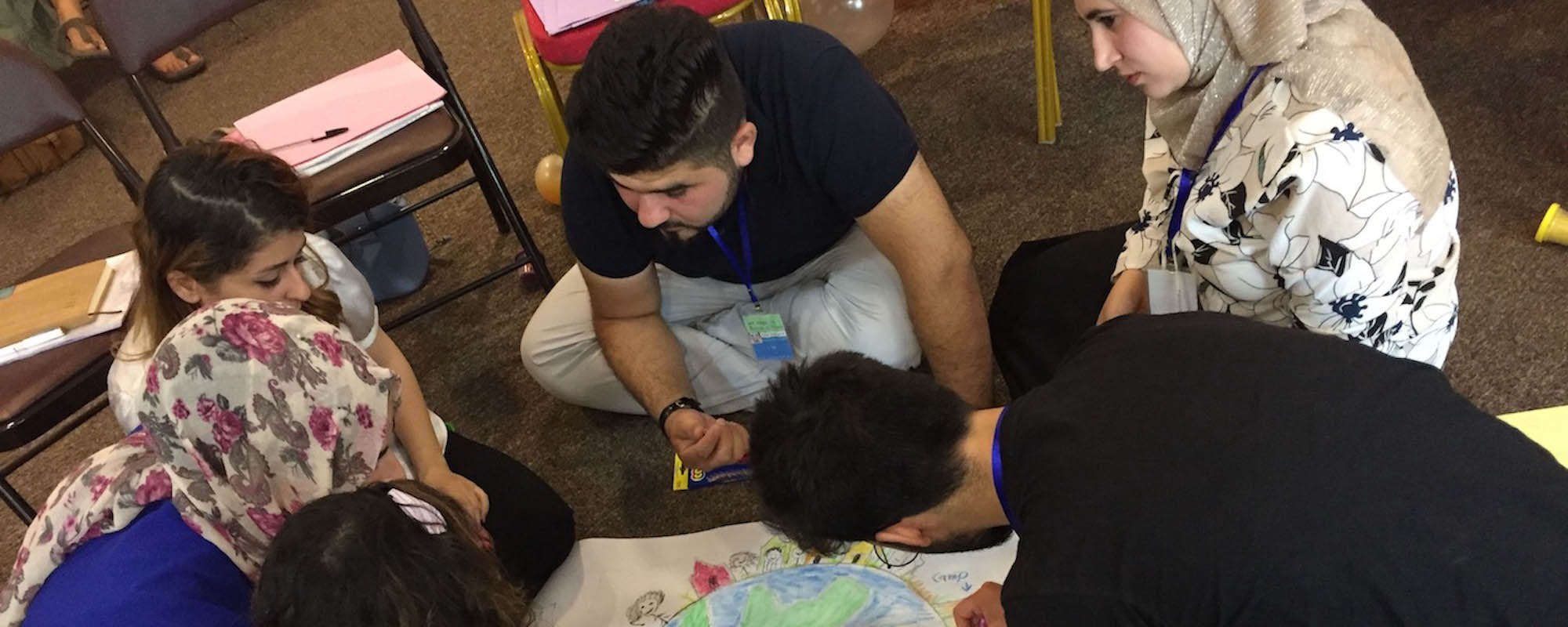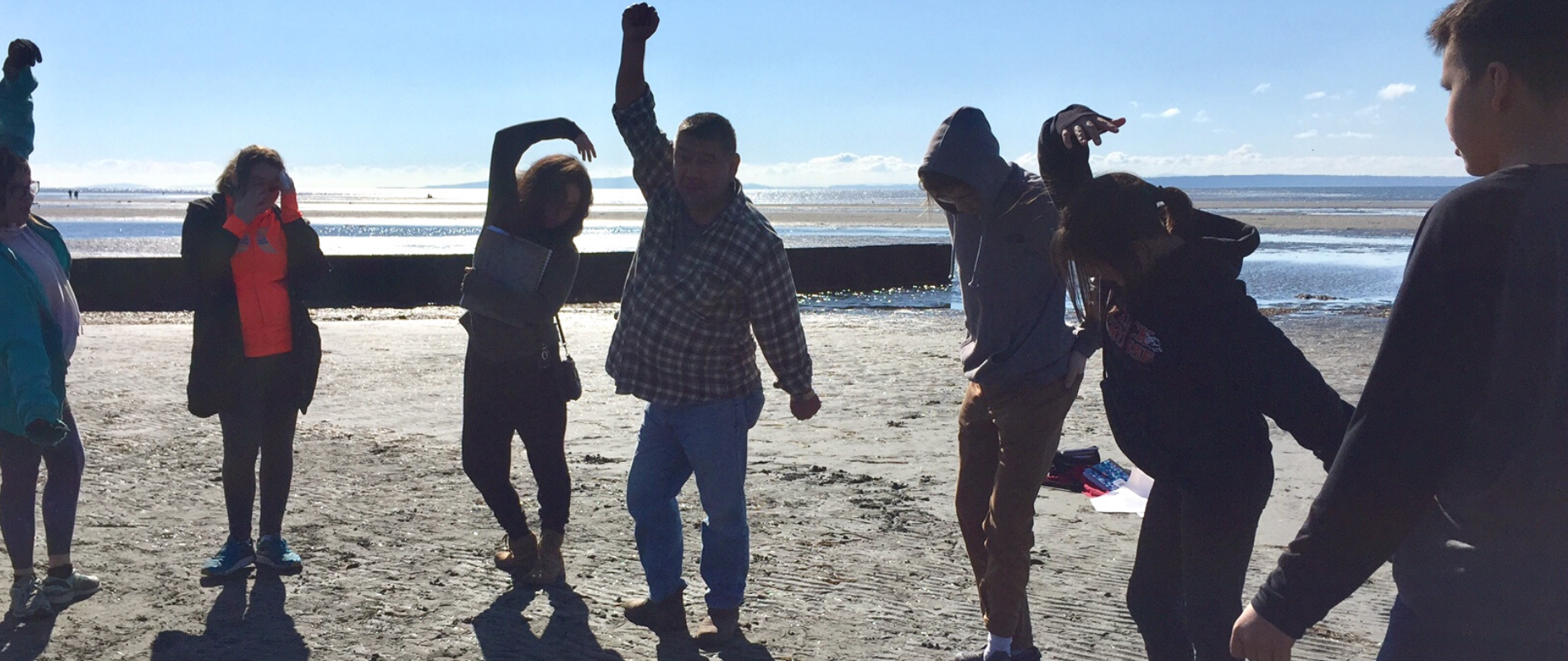The field of prevention, both research and practice, came a long way in the
1980s: from short-term, even one-shot, individual-focused interventions in the school classroom to a growing awareness and beginning implementation of longterm, comprehensive, environmental-focused interventions expanding beyond the school to include the community. Furthermore, in the mid-1980s we finally started to hear preventionists talking about prevention strategies and programs based on research identifying the underlying risk factors for problems such as alcohol and other drug abuse, teen pregnancy, delinquency and gangs, and dropping out (Hawkins, Lishner, and Catalano, 1985). While certainly a giant step in the right direction, the identification of risks does not necessarily provide us with a clear sense of just what strategies we need to implement to reduce the risks. More recently, we are hearing preventionists talk about "protective factors," about building "resiliency" in youth, about basing our strategies on what research has told us about the environmental factors that facilitate the development of youth who do not get involved in life- compromising problemsB e(nard, March 1987). What clearly becomes the challenge for the l990s is the implementation of prevention strategies that strengthen protective factors in our families, schools, and communities. As Gibbs and Bennett (1990) conceptualize the process, we must "turn the situation around by translating negative risk factors into positive action strategies" which are, in essence, protective factors. After a brief overview of the protective factor research phenomenon, this paper will discuss the major protective factors that research has identified as contributing to the development of resiliency in youth and the implications of this for building effective prevention programs.






